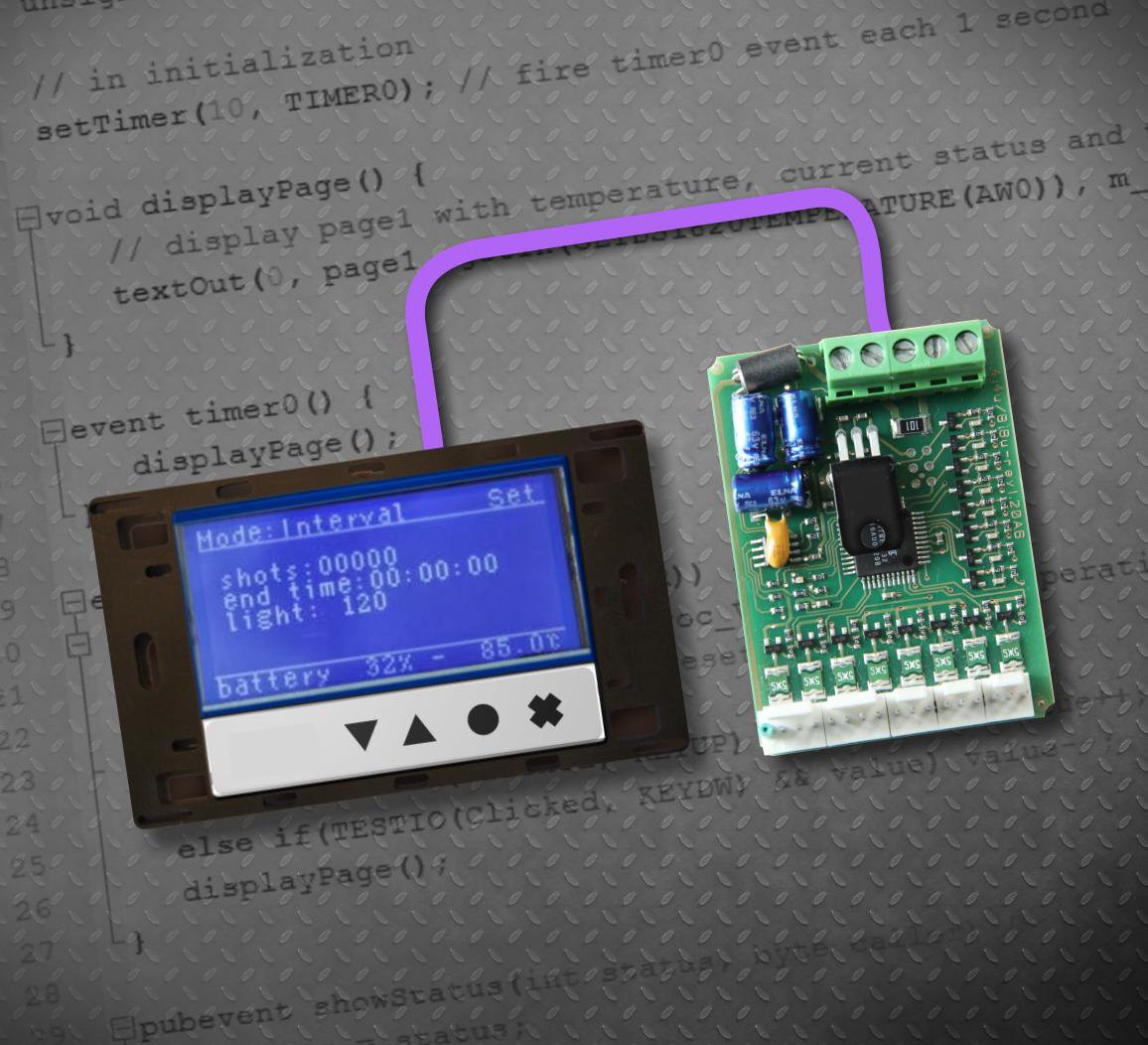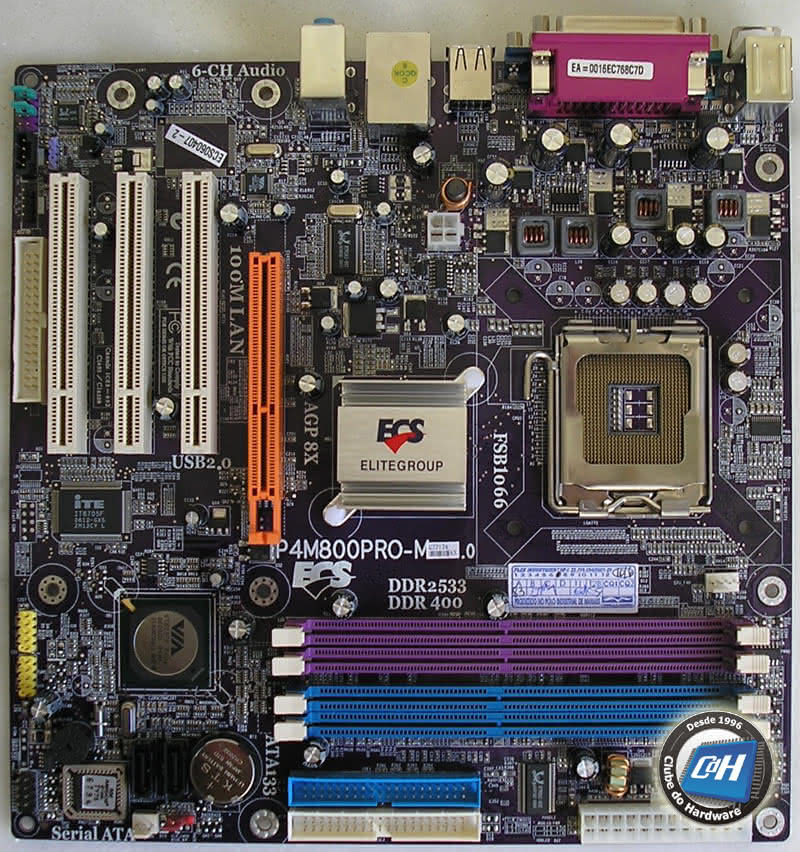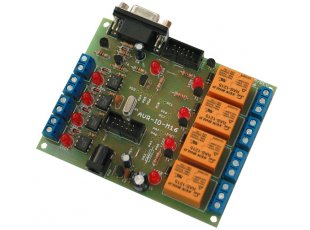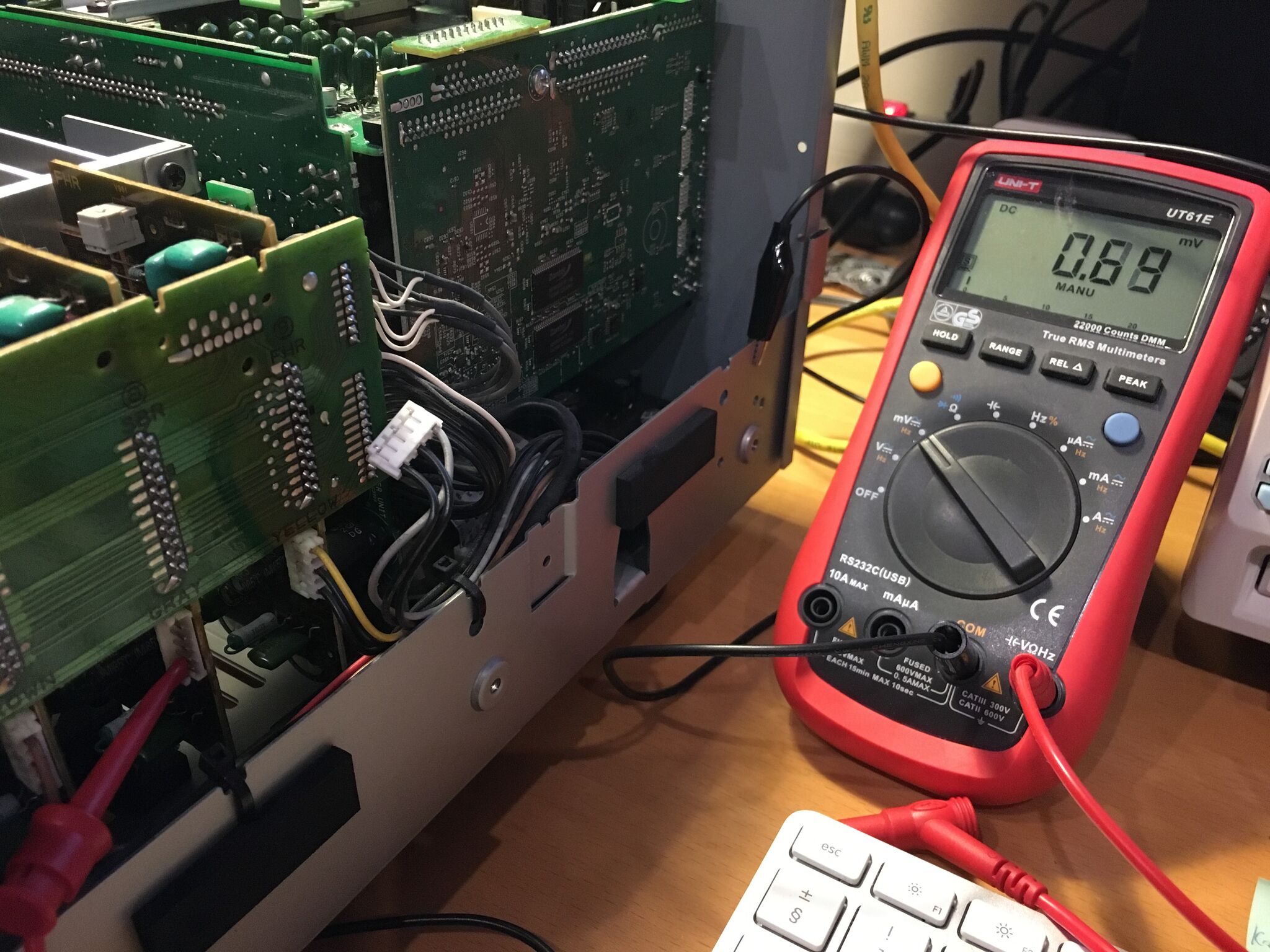

Well, 8 ms is still low, but it’s good enough for the following illustration. We need to flash an LED every 8 ms and we have an XTAL of 16 MHz. Now let’s change the above problem statement to the following. Thus to remain on the safer side, we use ‘>=’ instead of ‘=’. This is because sometimes due to missed compares or unexpected increment, this condition may never be true. Thus, we initialize the counter as: TCCR0 |= (1 We will be using it later in this tutorial. The Timer/Counter Register – TCNT0 is as follows:įor this problem statement, we choose No Prescaling. For this, we need the help of the following registers. As soon as it reaches 191, we toggle the LED value and reset the counter. We need to keep a track of the counter value. Thus, what we need to do is quite simple. This can easily be achieved with an 8-bit counter (MAX = 255). Hence for a delay of 6 ms, we need a timer count of 191. This is quite low (for us, but not for the MCU).

Now, as per the following formula, with a clock frequency of 32 kHz and 8-bit counter, the maximum delay possible is of 8 ms. Well, I know that an LED flashing at every 6 ms will be always visible as on by our eye, but I could not find any simpler example which does not include prescalers. Let’s say, we need to flash an LED every 6 ms and we are have a CPU clock frequency of 32 kHz. To have an idea about AVR Peripherals, view this page (you need to scroll down a bit). For those who are new to the term ‘register’, they can read about it from this page. Instead of discussing all the registers at once, we will be discussing them as and when necessary. Since timer is a peripheral, it can be activated by setting some bits in some registers. In this tutorial, we will learn to use TIMER0. I have assumed that you have understood the concepts discussed above.

So, I will move towards its implementation directly. And then, to finish off, we learnt about interrupts.We have also discussed how to choose an appropriate value of a prescaler.We have seen how prescalers are used to trade duration with resolution.Of these, TIMER1 is a 16-bit timer whereas others are 8-bit timers.



 0 kommentar(er)
0 kommentar(er)
